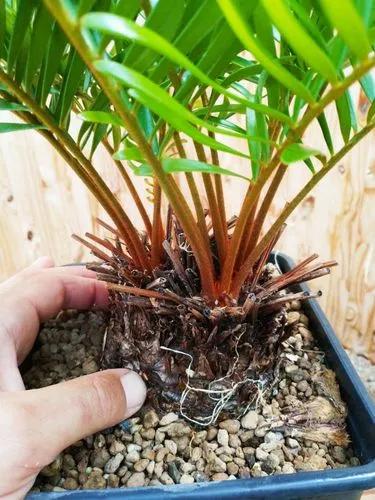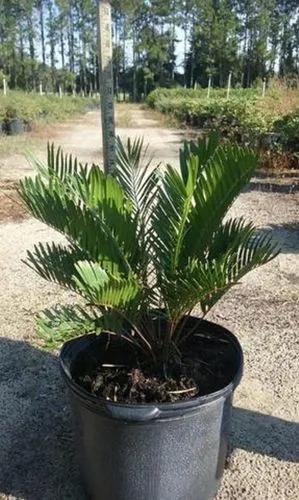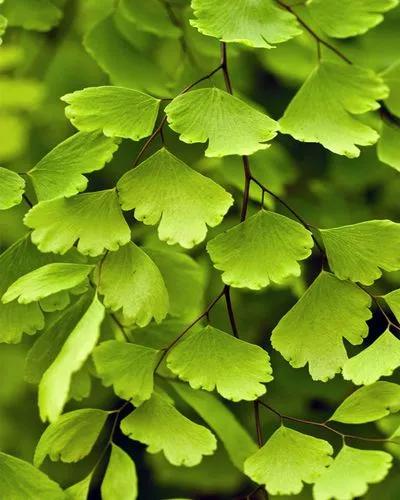Polypodium californicum is a small, herbaceous perennial species of fern known by the common name California polypody. It is native to Baja California and California, where it grows along the coastline.
California polypody Care
Polypodium californicum



California polypody is a member of the Polypody fern family (Polypodiaceae), a large family of ferns with about 40-50 genera and 500-700 species worldwide. This polypody anchors with a scaly rhizome. It produces oval to triangular leaves up to 70 centimetres (28 in) in length and 20 centimetres (7.9 in) in width. Each leaf is made up of many dull-pointed lance-shaped segments which may be thin or firm or somewhat fleshy, and have lightly serrated edges. The underside of each leaf segment is lined with a double row of flattened or sunken sori, which contain the spores.
How to Care for the Plant

Water

Reliably moist soil results in the healthiest ferns. Watering deeply at least once a week usually maintains the moisture in shady beds with rich soil. Provide about 1 inch of water each week through supplemental watering or rainfall, although you may need to water more often in dry weather.

Fertilizer

Fertilizing regularly maintains the nutrient level in the soil for the ferns, but too much fertilizer can cause problems. For most ferns, use a slow-release, balanced fertilizer. Apply it in spring when the ferns put on new growth, following package recommended rates for low-feeding foliage plants. Fertilizer can damage roots or fronds if it directly touches them, but working the fertilizer into the soil a few inches away from the base of the plant allows it to dilute sufficiently.

Sunlight

The plant requires full to part shade. Areas beneath trees or bushes work well because the microclimate is similar to the woodlands where many ferns naturally grow.

Soil

This fern tolerates a wide variety of soils as long as adequate moisture is present. Soil pH should be between 5.7 - 7.5. Organic mulches can help retain moisture so the soil dries more slowly.

Temperature

This fern can be grown in the areas with the lowest winter temperatures down to −17.8°C (0°F).

Popularity

241 people already have this plant 35 people have added this plant to their wishlists
Discover more plants with the list below
Popular articles






